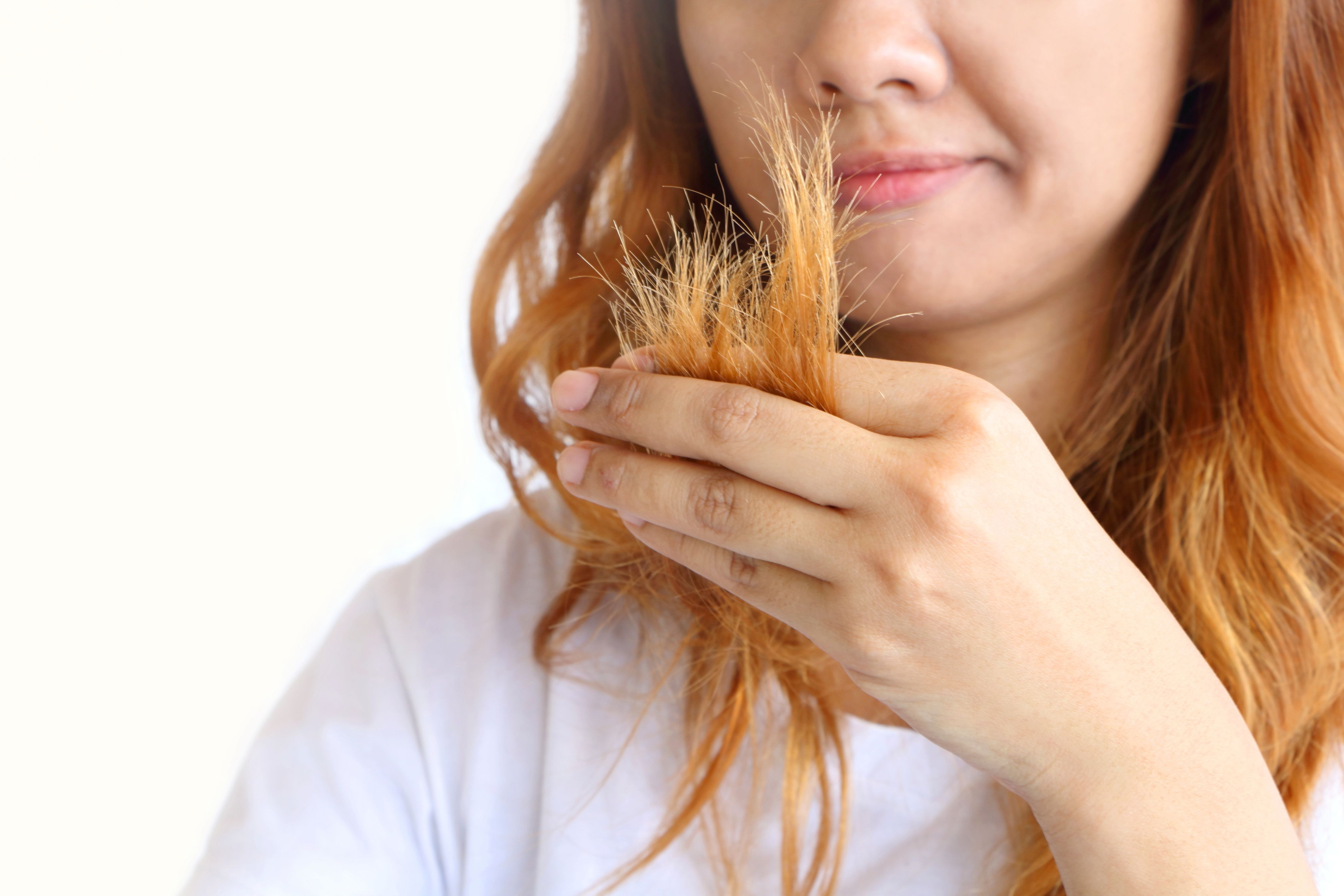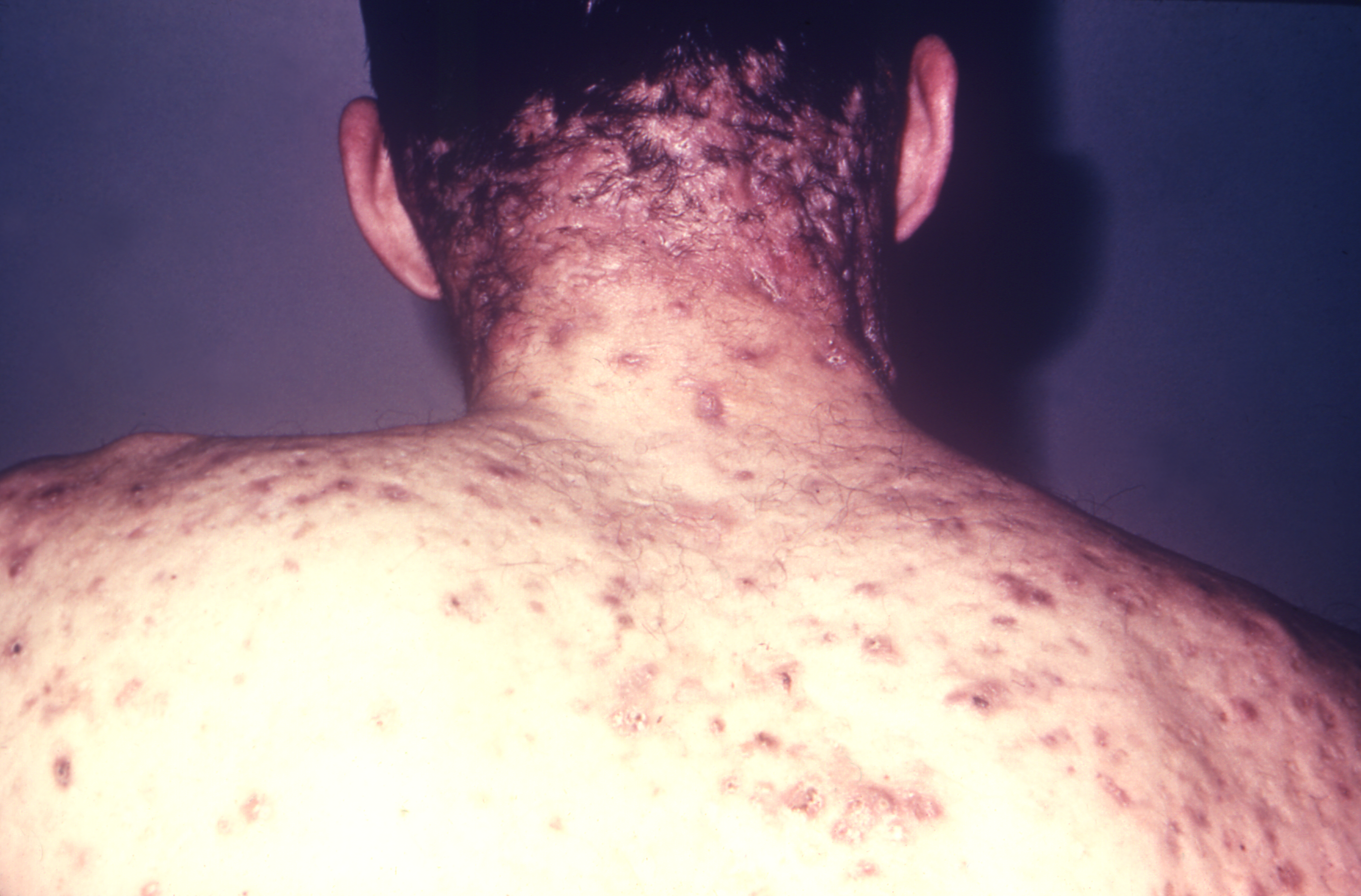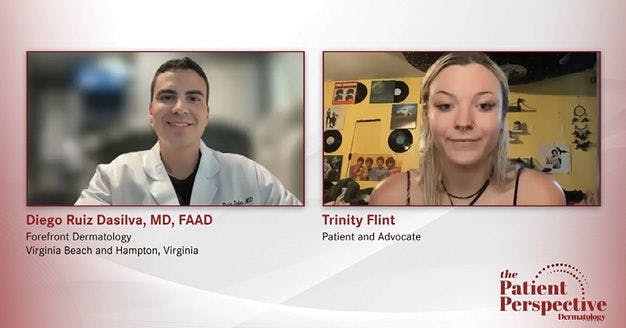- Acne
- Actinic Keratosis
- Aesthetics
- Alopecia
- Atopic Dermatitis
- Buy-and-Bill
- COVID-19
- Case-Based Roundtable
- Chronic Hand Eczema
- Chronic Spontaneous Urticaria
- Drug Watch
- Eczema
- General Dermatology
- Hidradenitis Suppurativa
- Melasma
- NP and PA
- Pediatric Dermatology
- Pigmentary Disorders
- Practice Management
- Precision Medicine and Biologics
- Prurigo Nodularis
- Psoriasis
- Psoriatic Arthritis
- Rare Disease
- Rosacea
- Skin Cancer
- Vitiligo
- Wound Care
Publication
Article
Dermatology Times
Hair Today, Gone Tomorrow: Consulting Patients on Preventing Hair Breakage
Author(s):
Dermatology Times Editor in Chief Zoe Diana Draelos, MD, delves into the topic of hair health, including pearls and best practices for preventing hair breakage in patients.
TANIDA/Adobe Stock

Why is “healthy” hair smooth and shiny whereas “unhealthy” hair is dull and frizzy?
It is interesting how patients have adopted the concept of hair “health” when it is nonliving structure, yet it is important for dermatologists to understand the difference between damaged and undamaged hair. An intact, tightly overlapping cuticle is essential to achieving smooth, shiny hair. The cuticle is the structural strength of the hair shaft and prevents static electricity from making the hair frizzy. Most hair conditioners improve hair shine by smoothing down the cuticle over the hair shaft.
The second essential structure is the presence of an 18-methyleicosanoic acid (18-MEA) layer, which is a thin, covalently bound lipid layer attached to the epicuticle. The 18-MEA layer is attached to the proteinaceous cell membrane through thioester linkages involving cysteine residues from the epicuticle proteins. It is about 3 nm thick, but accounts for the cosmetic beauty of the hair. It provides shine, confers water resistance to the hair shaft, minimizes static electricity, reduces hair shaft friction, and helps to keep the cuticle intact. In short, it confers hair manageability and allows the hair to maintain a style. Hair health is, therefore, an assessment of the intactness of the cuticle and the 18-MEA layer.
Keeping the 18-MEA Layer Intact
The 18-MEA layer cannot be restored because it is removed by the trauma of grooming and any chemical treatment applied to the hair, especially permanent waving and permanent dyeing or bleaching. Instant conditioners, which are applied and rinsed in the shower, and leave-in conditioners, which are applied to towel-dried hair before styling, attempt to restore the 18-MEA layer but can do so only temporarily until the next shampooing or water contact. Many conditioners contain essential fatty acids, such as linoleic acid or linolenic acid, to try to mimic the 18-MEA layer, but the result is suboptimal. As new hair grows, the 18-MEA layer will again be present. Avoiding hair trauma will leave the 18-MEA layer intact and restore “healthy” hair for the patients.
Efficacy of Protection Sprays
Heat protection sprays are applied to the hair immediately after blow-drying and before using straightening or curling irons. Heated irons reach somewhere between 185 °C (365°F) and 230 °C (446°F). This amount of heat damages the hair physically and chemically. Cycles of repeated wetting and drying occurring with hair shampooing and styling result in cuticle cracks parallel to the hair shaft. These axial cracks occur when the external hair shaft components undergo rapid dehydration. High heat can also create “bubbles” in the hair shaft and pop off the cuticle as steam escapes from the hair fiber. Hair color can also be damaged with the use of heat. At temperatures between 130 °C (266°F) and 164 °C (327°F), decomposition of the chromophores in hair occurs due to tryptophan damage, resulting in yellowing of the hair.
Heat sprays contain polymers that coat the hair shaft and hydrolyzed protein humectants that attempt to improve hair shaft water content, which is essential for preserving hair shaft flexibility. Heat sprays should be water free as high heat on wet hair can cause greater damage. Many of them are based on volatile solvents for this reason. Water on the hair shaft results in significant physical damage due to the rapid evaporation of the water with high heat exposure. For this reason, hair should be completely dry and coated with an anhydrous heat spray prior to using a straightening or curling iron.
The Nitty-Gritty on Gray Hairs
Gray hairs do exhibit physiologic differences over pigmented hairs. Gray hairs grow faster and are thicker. They are also more likely to contain a medulla. What contributes to hair loss is the faster water sorption and desorption they exhibit making the hair less flexible and more brittle, increasing hair shaft breakage. It is thought that the loss of melanocytes above the dermal papillae may lead to a reprogramming of the keratinocytes, resulting in structural changes.
Zoe Diana Draelos, MD, is a consulting professor of dermatology at Duke University School of Medicine in Durham, North Carolina, and editor in chief of Dermatology Times.

Newsletter
Like what you’re reading? Subscribe to Dermatology Times for weekly updates on therapies, innovations, and real-world practice tips.





























